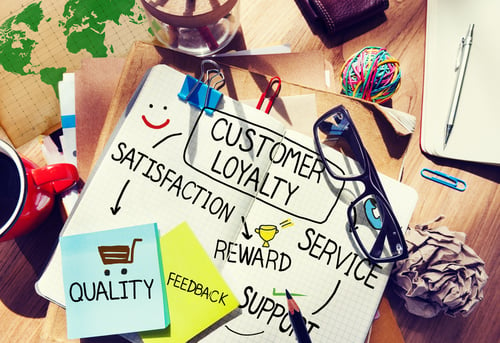
A customer loyalty program is a marketing strategy that rewards customers for their repeat business or brand loyalty. The aim of a customer loyalty program is to incentivize customers to continue choosing a company’s products or services over those of its competitors.
Companies offer loyalty program participants rewards, such as discounts, free products, exclusive access, or special privileges, in exchange for their loyalty. These programs can be based on points earned through purchases, membership tiers, or other criteria that encourage customers to engage with a brand and continue to do business with it over time.
The goal of a customer loyalty program is to build long-term relationships with customers and increase their lifetime value to the company.
Creating a customer loyalty program requires careful planning and execution. Here are the steps you can follow to create a successful customer loyalty program:
- Define your goals: Clearly define what you hope to achieve with your loyalty program. Whether it’s to increase customer retention, encourage repeat purchases, or reward customer loyalty, having a specific goal in mind will help you create a program that meets your needs.
- Identify your target audience: Determine who your ideal customer is and what motivates them to participate in your loyalty program. This will help you tailor your rewards and incentives to the right people.
- Choose your rewards and incentives: Decide on the rewards and incentives you want to offer your customers. Consider both tangible and intangible rewards, such as discounts, exclusive access, or personalized experiences.
- Decide on the program structure: Determine how customers will earn and redeem rewards, and how they will track their progress. You may choose to use points, levels, or tiers, or a combination of these.
- Implement and promote the program: Set up your loyalty program and communicate it to your customers. Make sure the program is easy to understand and participate in and promote it through your marketing channels, such as email, social media, and in-store signage.
- Monitor and evaluate: Continuously monitor and evaluate the performance of your loyalty program. Collect customer feedback, measure program metrics, and make changes as necessary to improve the program’s effectiveness and keep customers engaged.
By following these steps, you can create a customer loyalty program that drives customer engagement and loyalty and supports your business goals.
